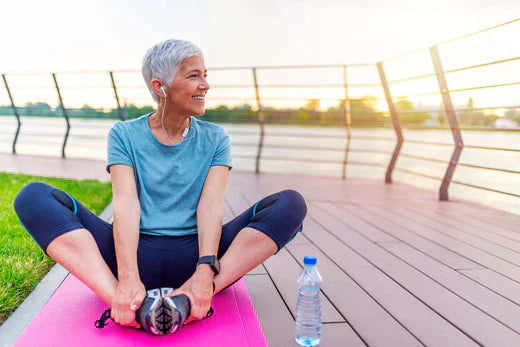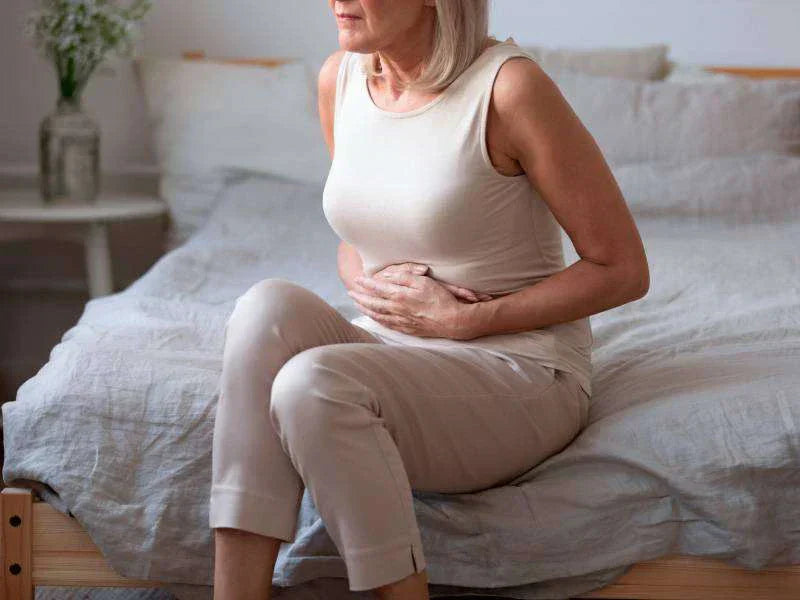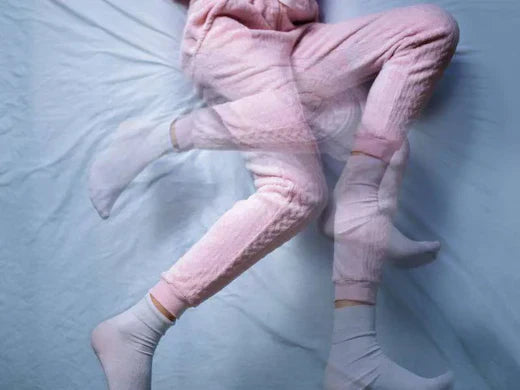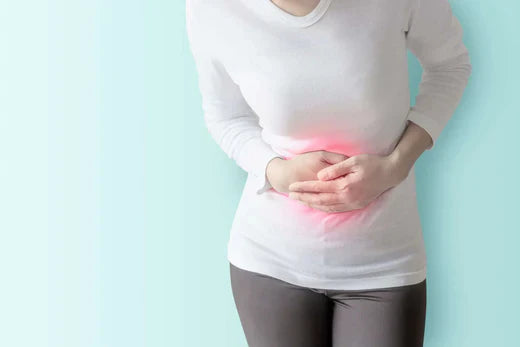What is bone density?
Essentially it is a measure of how porous your bones are. It depends on the number of minerals, such as calcium and phosphorus, that are present in the bones. These minerals harden and densify the bones. Bones are continuously remodelling, which means they are always being broken down and built back up again. This helps the bones adapt to the changing demands of the environment, such as growth in width and thickness (1).
During menopause, and even in early menopause, there can be a rapid loss of bone mass. Consequently, at this stage, there is an increased risk of osteoporosis and fractures. Now, it should be noted that bone mineral density loss is common in all people after the age of 35. But in women, it occurs more rapidly after the age of 50. For this reason, women are four times more likely to develop osteoporosis (2).

Why does bone density loss occur during the menopause?
After menopause, the ovaries stop producing oestrogen and progesterone in large quantities, so the levels of these hormones decrease substantially. The loss of oestrogen causes the rate of bone breakdown to increase (faster than the rate of bone build up) and so the bones become less dense. Some main causes of bone loss in menopause are:
- Low amounts of oestrogen and progesterone.
- Eating a diet low in calcium and vitamin D (1,3).
- Medical conditions such as coeliac disease and rheumatoid arthritis
- Some medications such as corticosteroids
How to treat bone density loss in menopause?
Increase calcium and vitamin D intake in your diet
Eating food with calcium, especially in menopause, can help build and maintain strong bones. The best meals rich in calcium are:
- Dairy products such as milk and cheese.
- Seafood such as salmon and sardines.
- Green leafy vegetables such as broccoli and spinach (2)
Exercise more
Staying active and increasing your level of exercise can help strengthen bones and muscles. Doing so can help slow the rate of bone density loss. Weight-bearing exercises, performed three to four times per week, are best for decreasing the risk of osteoporosis and other difficulties related to bone loss (2).
Limit alcohol and tobacco use
Regular and excessive alcohol and tobacco use can increase the risk of osteoporosis and fractures. Smoking weakens bones, while alcohol, in addition to damaging bones, affects balance and can cause falls leading to bone fractures (4, 5).
Spend more time outdoors
Spending at least 20 minutes outdoors each day can help maintain bone mass. Being in the sun can promote your body to generate enough vitamin D, which is needed to be able to absorb calcium (2)
Taking a Vitamin D supplement
In the winter months we may not make enough vitamin D from sunlight and between November and early March and you should consider taking a daily supplement containing 10micrograms of vitamin D during the autumn and winter.
Hormone Replacement Therapy (HRT)
HRT is used to treat symptoms of menopause. It can also help to maintain bone density and prevent the bone loss that occurs with menopause. Talk to your doctor about this and whether it is suitable for you.
Bone density loss is normal. It is a natural process of aging and menopause. However, this does not mean you will develop osteoporosis. Living a healthy lifestyle, as well as following the above recommendations, will benefit your health at this stage of life.
References
- Bolster MB. Osteoporosis [Internet]. MSD Manual Consumer Version. [Cited 2024 Sep 16]. Available from: https://www.msdmanuals.com/home/bone,-joint,-and-muscle-disorders/osteoporosis/osteoporosis
- Clinic C. How to prevent osteoporosis during menopause [Internet]. Cleveland Clinic. 2022 [cited 2024 Sep 16]. Available from: https://health.clevelandclinic.org/osteoporosis-and-menopause
- Menopause and your health [Internet]. Womenshealth.gov. [cited 2024 Sep 16]. Available from: https://www.womenshealth.gov/menopause/menopause-and-your-health
- Osteoporosis [Internet]. Mayo Clinic. 2024 [cited 2024 Sep 16]. Available from: https://www.mayoclinic.org/diseases-conditions/osteoporosis/symptoms-causes/syc-20351968
- Osteoporosis [Internet]. Womenshealth.gov. [cited 2024 Sep 16]. Available from: https://www.womenshealth.gov/a-z-topics/osteoporosis
You May Also Like

JOIN US AND GET 10% OFF
Sign up to our newsletter to access free resources, advice and support.















